According to CNN’s reports on speaking times during the second presidential debate, Donald Trump spoke for 40 minutes and Hillary Clinton spoke for 39.
The #debate was nearly a draw, in terms of speaking times https://t.co/zgLdzPBBFm pic.twitter.com/XL1iGk38m4
— CNN (@CNN) October 10, 2016
Despite those numbers, Trump went on to say that Clinton was given more time to speak than he was and that it was “three against one,” Trump being the one and Clinton, Anderson Cooper, and Martha Raddatz being the three.
It is difficult, however, to spin the web of debate corruption when the numbers just don’t add up. Although Mr. Trump is no stranger to stretching the truth, his perception of speaking times may have more to do with social conditioning and less to do with crafting a media spin.
Although its findings are academia-centric, one Harvard study sheds light on what really happens when men and women have to inhabit the same conversational space.
Trump was quick to lash out at moderators Cooper and Raddatz during the debate, claiming later that his opponent had more time to speak than he did.
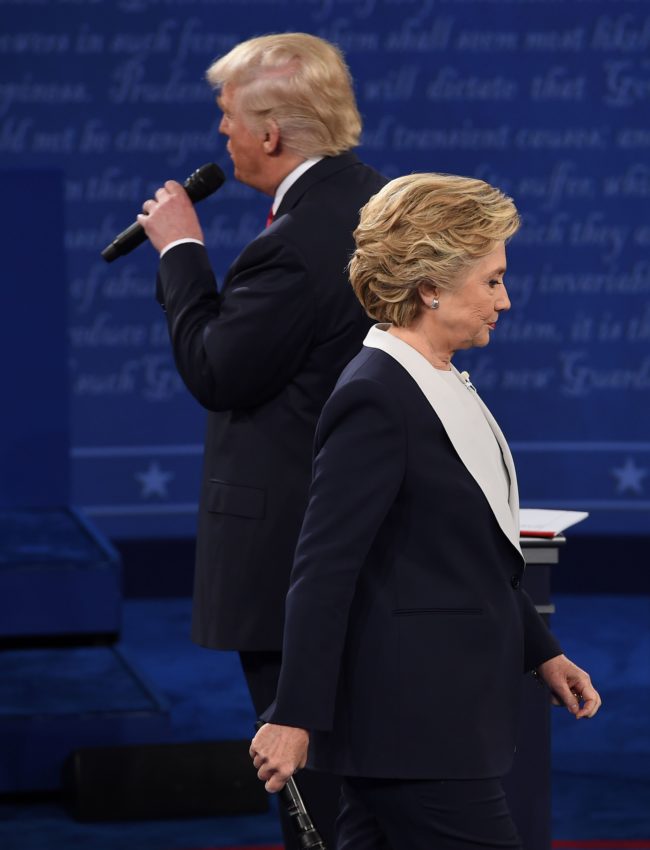
Getty Images
Read More: Teen Creates An App That Gives The Public A Front-Row Seat To Political Corruption
Before we assume that Trump’s point of view was adopted in the spin room, however, let’s consider the possibility that his perceptions were conditioned responses. In a study of classroom interactions between male and female students, Harvard researchers watched closely as students participated in discussions.
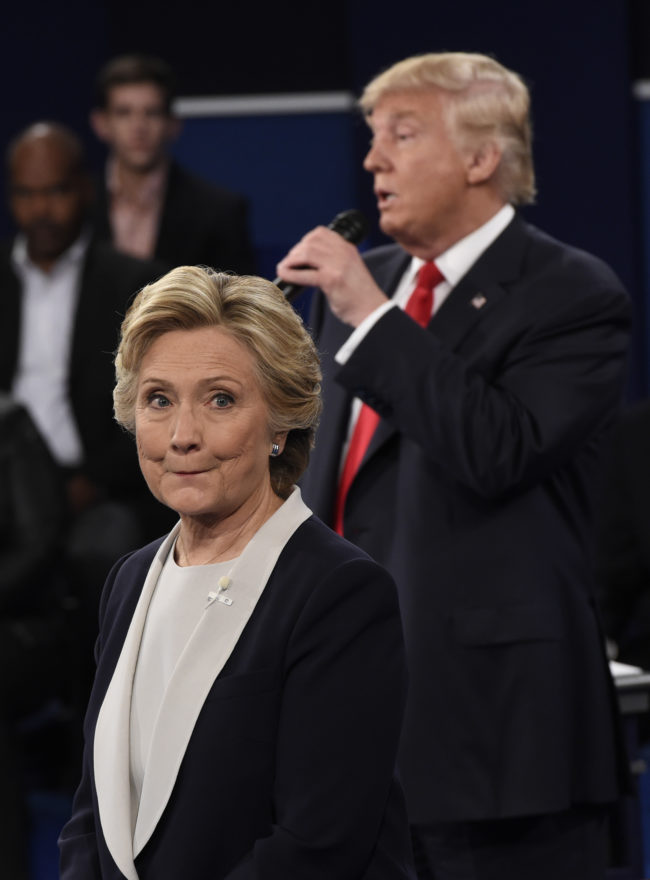
Getty Images
“We wanted to devise an objective study of a controversial issue on which almost everyone has an opinion,” one scholar stated in the report. They spent a full year examining tapes provided by 24 instructors — 12 men and 12 women — who recorded interactions in their classrooms.

Getty Images
They were unsurprised by the fact that in the majority of tapes, male students dominated conversations regardless of whether a man or a woman led the class. Per the report, “In none of the demographic circumstances studied did women students talk as much as men.”
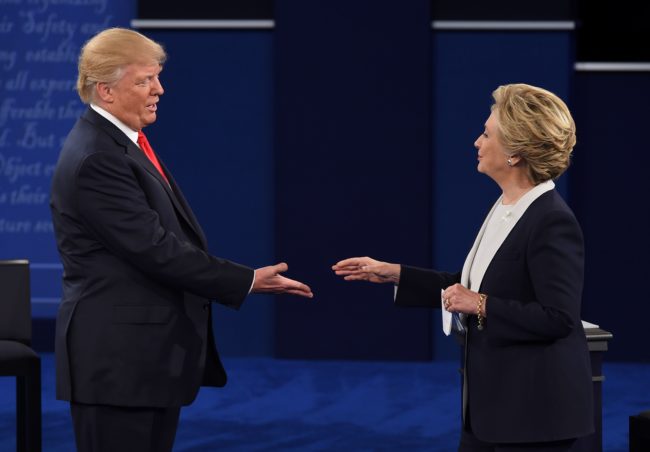
Getty Images
They also found that male students were permitted to speak at greater length because they were less likely to be interrupted. This research aligns with data collected from both presidential debates regarding candidate interruptions.

Getty Images
Trump interrupted Clinton far more in both debates than she did him. The chart below graphs the candidates’ interruptions of moderators and each other during the second debate.
Beyond that, multiple studies suggest that men perceive gender parity in classrooms and workplaces to a higher degree than women do. That lends itself to the perception of women getting more speaking time than men do, even in situations in which women get an equal or lesser amount of time to talk.
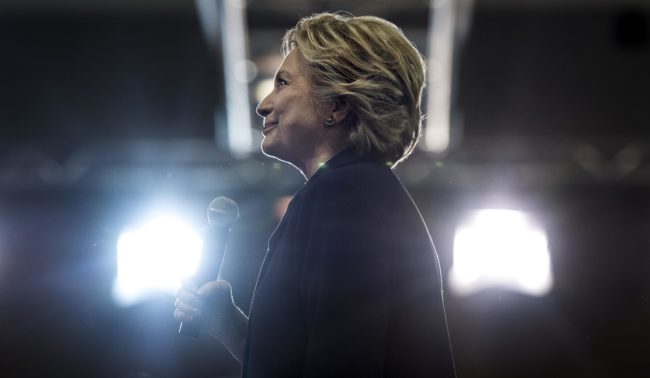
Getty Images
According to another study, “[In] seminars and debates when women and men are deliberately given an equal amount of the highly valued talking time, there is often a perception that [women] are getting more than their fair share.”
![According to another <a href="http://inthesetimes.com/article/16157/our_feminized_society" target="_blank">study</a>, “[In] seminars and debates when women and men are deliberately given an equal amount of the highly valued talking time, there is often a perception that [women] are getting more than their fair share.”](https://funnymodo.com/wp-content/uploads/2016/10/1476393962_690_Trump-Swears-Clinton-Talked-More-Than-He-Did-But-Here039s-What-Was-Really-Going-On.png)
Getty Images
Read More: 26 Things That Would’ve Been More Fun Than Watching Last Night’s Debate
Much of this conditioning can be traced back to social privilege and relative power. In school settings, for example, teachers — regardless of gender — hold positions of authority. Researchers found that teachers typically take up two-thirds of all speaking time during classroom discussions.
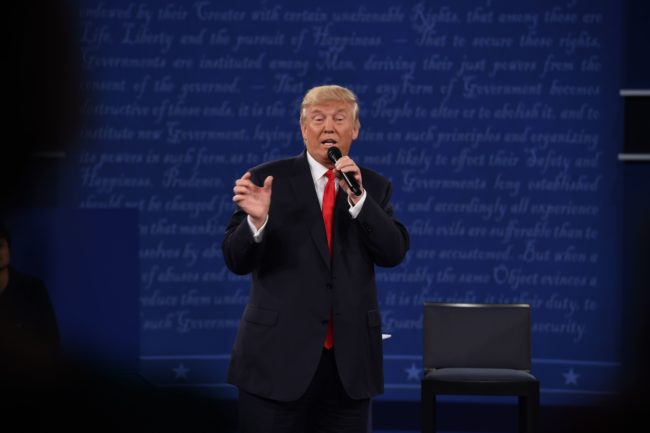
Getty Images
The same study noted that in the little time left over after teachers finished speaking, male students tended to dominate the conversation. This suggests an unequal balance of social power between male and female students.
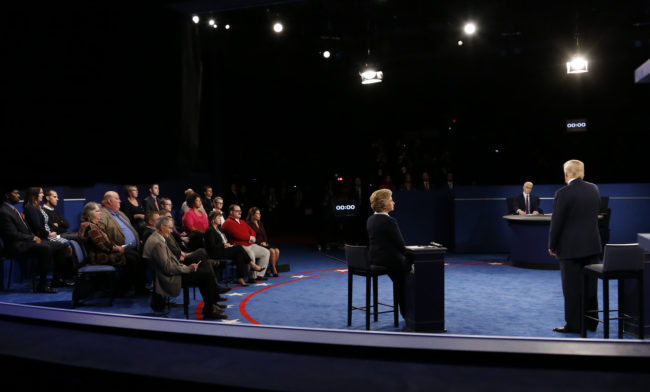
Getty Images
Trump then becomes the embodiment of this social conditioning when he speaks alongside Clinton. Deeply rooted social roles rear their heads, but one could argue that almost any man in this situation — not just Donald Trump — would have had the same takeaway.

Getty Images

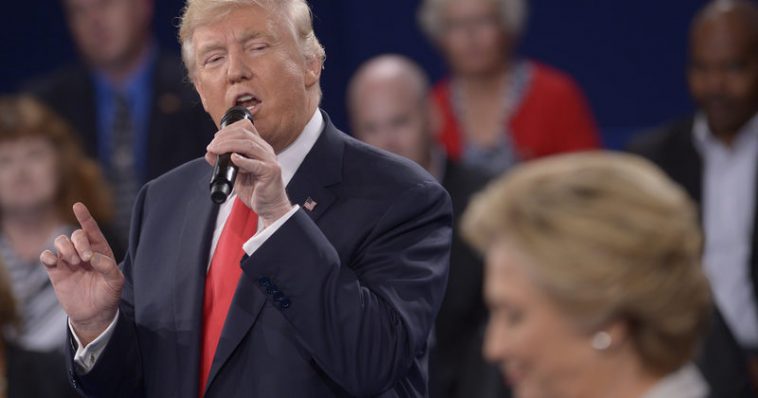



Comments